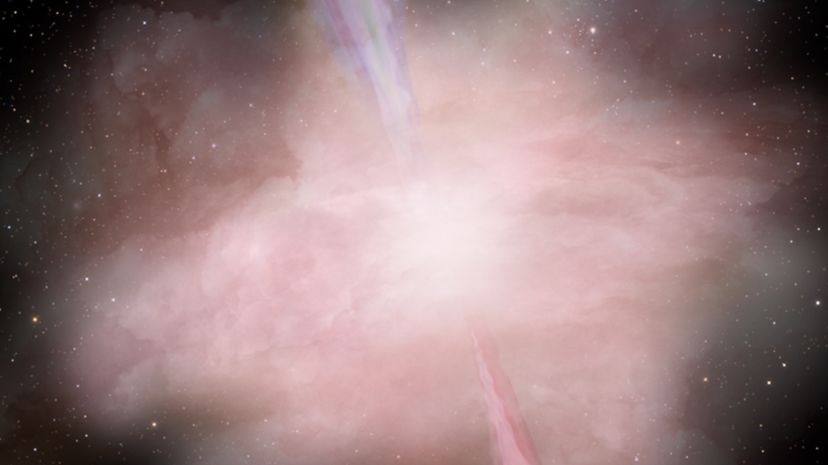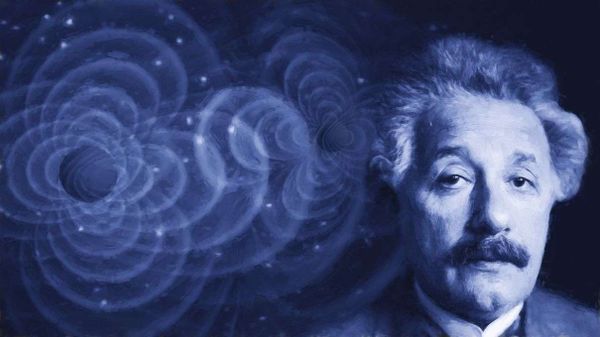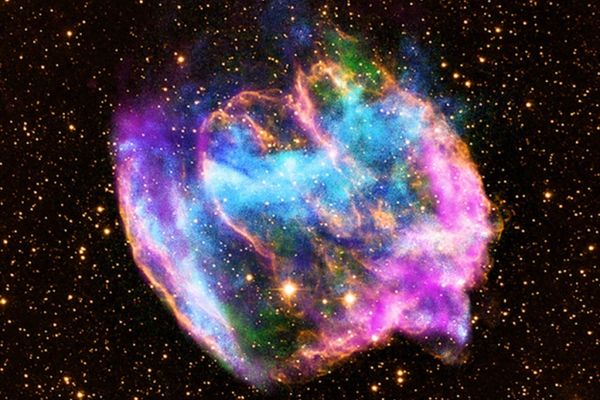The gravitational waves helped us connect the GRB with the collision of neutron stars, but what created the GRB?
The neutron star merger that generated GW170817 was undoubtedly a violent one. As the two masses rapidly spun around each other and made contact, huge quantities of super-hot neutron star material were blasted into space. When this happened, it set the stage for some kilonova fireworks.
As neutron stars are composed mainly of neutrons, and neutrons are a key component (along with protons) of atomic nuclei, there were suddenly a LOT of subatomic building blocks flying around immediately after the neutron star smashup. The conditions were so extreme that this environment was ripe for chunks of radioactive neutron star material to stick together, creating new elements. Through a process called rapid neutron capture ("r-process"), neutrons attached themselves to the newly minted elements before they could radioactively decay. The creation of new elements generated an astounding amount of energy, erupting with powerful gamma-ray radiation, generating the GRB astronomers saw from 130 million light-years away.
Follow-up studies of the turbulent blast site by the Hubble Space Telescope, Gemini Observatory and ESO Very Large Telescope revealed spectroscopic evidence for the r-process having taken place. And this is special: In the remnants of the kilonova blast, vast quantities of heavy elements, like gold, platinum, lead, uranium and silver had been synthesized.
Scientists have long wondered how elements heavier than iron are created in our universe (elements lighter than iron are created via stellar nucleosynthesis in the cores of stars), but now we have observational evidence that these cataclysmic kilonovas are also cosmic foundries where the heaviest — and most precious — elements are seeded.
Editorial note: This article was corrected on Oct. 20, to rectify an inaccuracy introduced by the editor, misstating the brightness of kilonovas. Supernovas are, in fact, the brightest, followed by kilonovas and novas, respectively.


